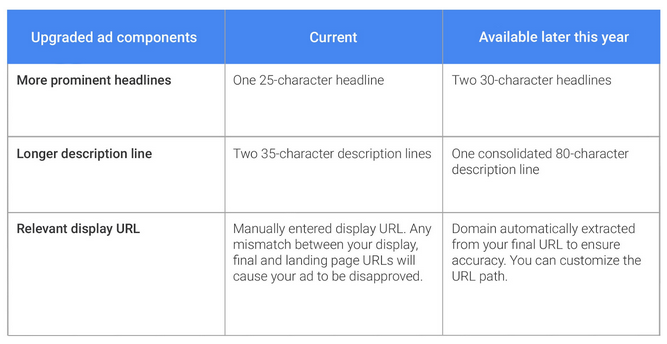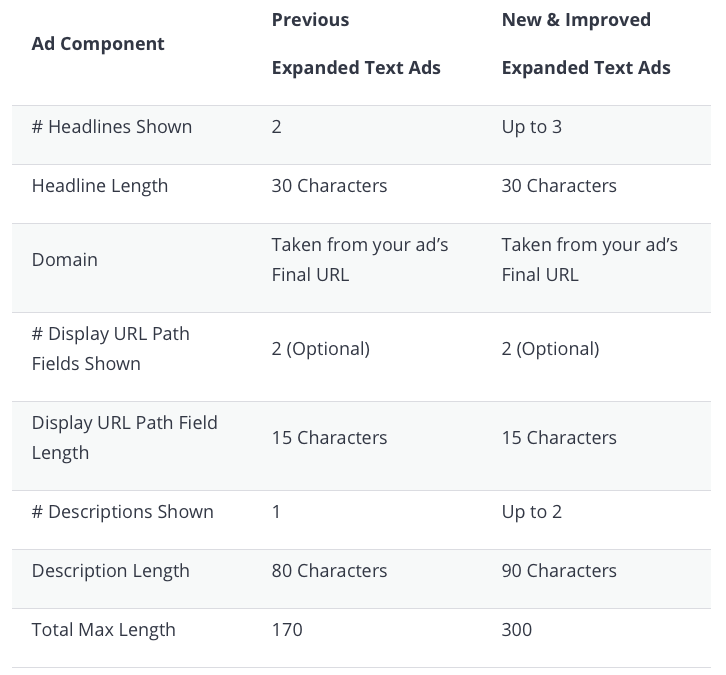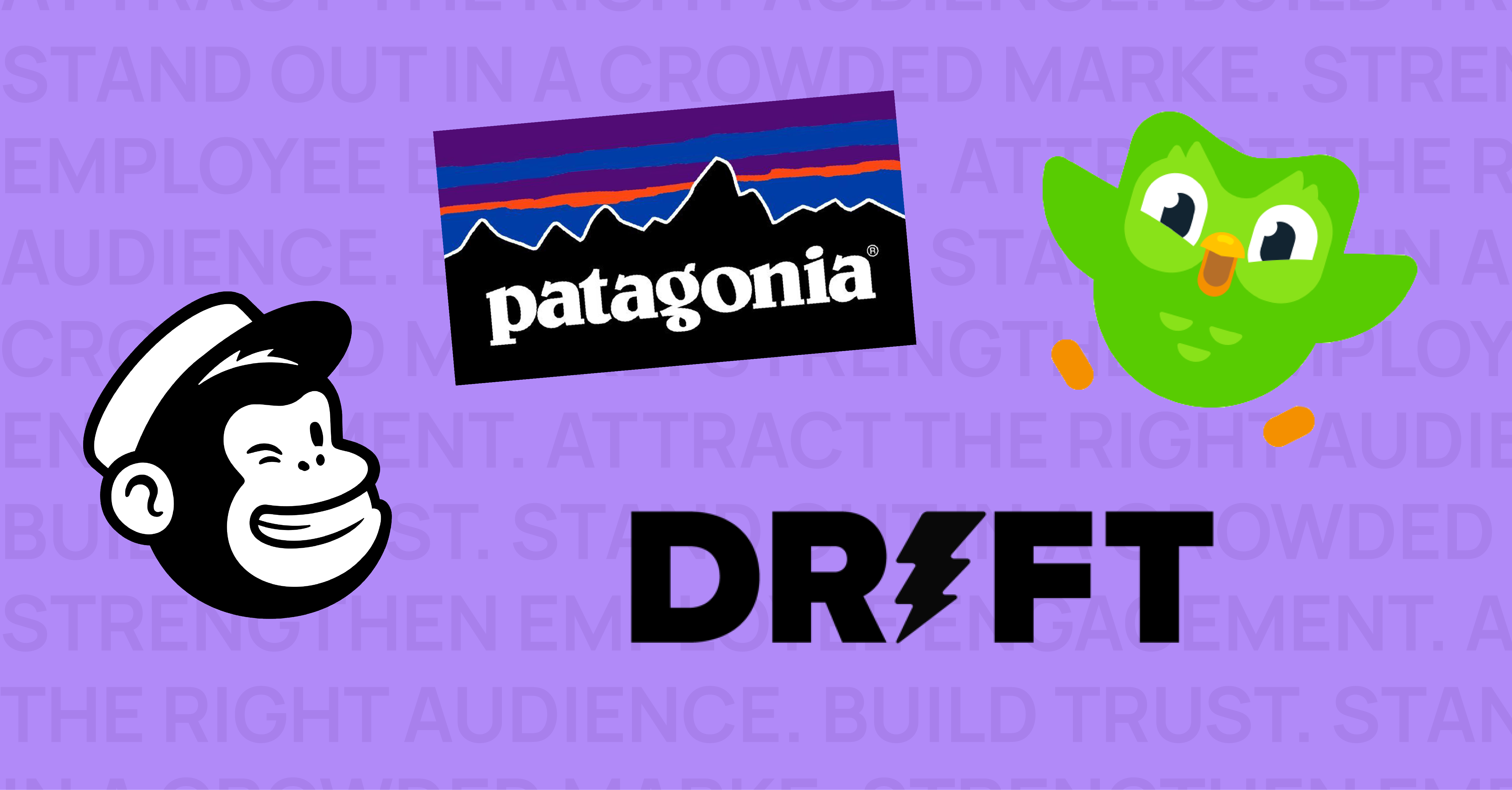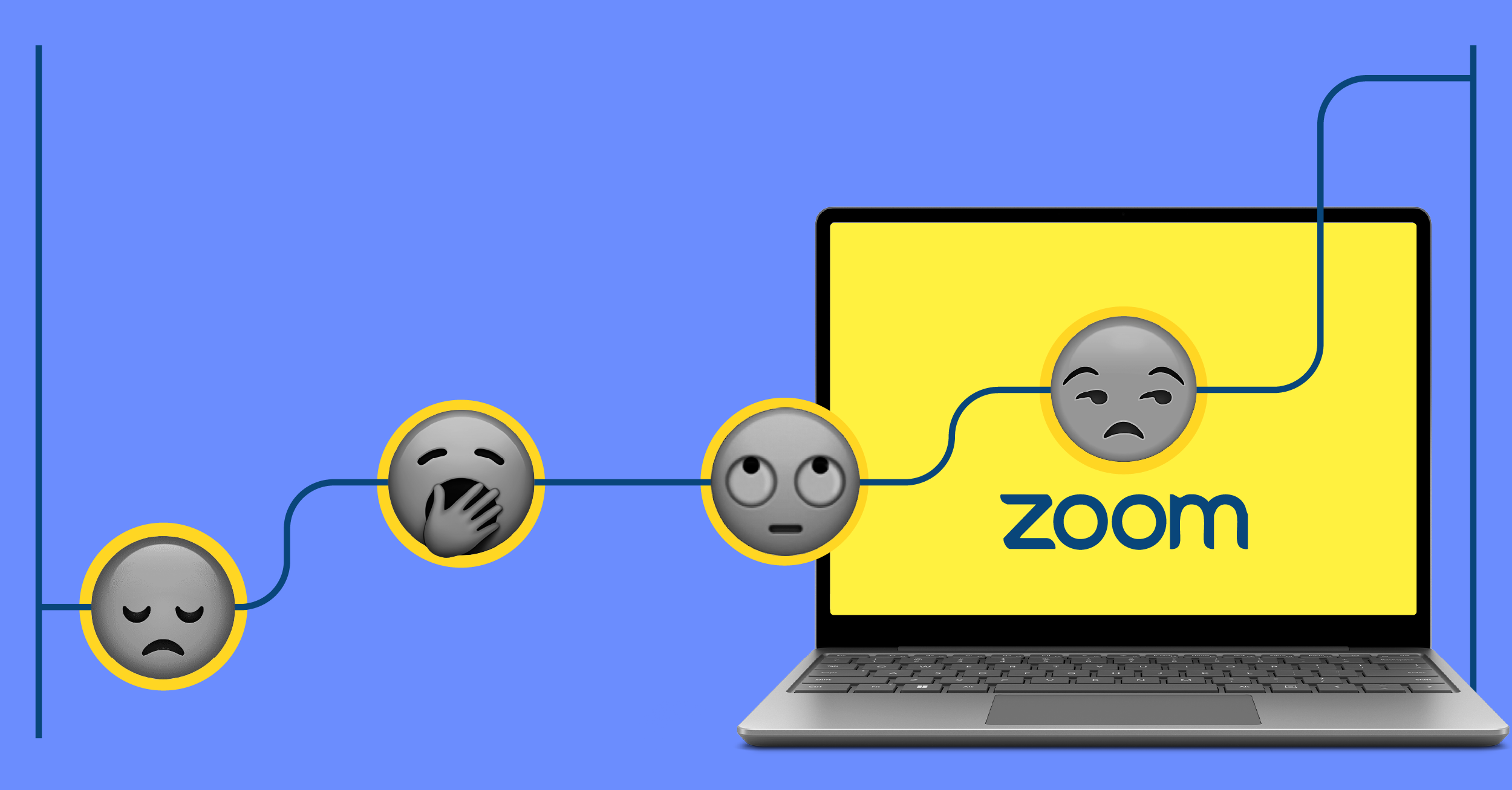Google recently rolled out its newest change to Google Ads’ text-based search ads. This is the second time in the past few years that Google has made such a change; the last being in mid-2016, with the changes taking place in January 2017.
Here’s what changed from 2016 to 2017.

This time it’s pretty similar, heading even further in the same direction – larger search ads. Google describes it’s new expanded text ads here.
Let’s break these down a little bit.
Google is close to doubling the total number of characters allowed in the new ad format, if you’re lucky enough to get the whole ad shown. You can now have up to three headlines with a max length of 30 characters each and up to two description lines with a max length of 90 characters, up from 80.

Because some screens are smaller than others, these 300-character expanded text ads won’t be able to fit in all applications. Aside from screen size, Google may also want to reserve search engine result page (SERP) ad space to place additional ads into more competitive search topics. These are the biggest reasons why Google may not show the third headline and/or second description line. It will be interesting to see the data on how often the full expanded ad is shown and in what applications in the coming months once the data is available.
Why is Google doing this?
Larger ads allow advertisers to put more valuable information in the ad, which should help the ad better appeal to searchers. Last time Google expanded ads, it generally helped improve click-through-rates (CTR) on ads. This will help successful campaigns drive even more quality traffic, but it will also burden unsuccessful campaigns with buying more low-quality traffic.
Additionally, by improving CTR on your ads, Google rewards you with a higher quality score (QS), which can in turn lead to a lower cost-per-click (CPC). So, more clicks on ads, which costs more; but lower CPC, which makes the campaign more efficient.
As we all know, the more often people click ads instead of organic search results, the more money Google makes and the closer they come to world domination.
What does this mean for you?
Mostly, nothing. Unless you’d like to take advantage of this new offering, which you probably should.
You can leave your ads as-is and everything will keep doing what it was doing, if that is your preference. However, your competitors will likely start to write new longer ads, potentially giving them an advantage. Google claims that these new expanded ads have received 15% more clicks. This won’t be the case for every new ad, so make sure you write a new longer ad and test it against the shorter ad you had running.
We strongly recommend writing longer text ads and trying them out for yourself.
Since Google won’t always show the third headline and second description line, you need to be careful about how you rewrite your ads. In case your expanded text does not show up, make sure you do not put any critical copy into those areas. The worst-case-scenario would be having an incomplete nonsensical thought showing up in the Google search results – representing your brand negatively.
So, start writing and testing some new longer ads; using the additional lines as supplementary to the previous two headlines and one description line.
Good luck and happy advertising. And, if this sounds interesting, but confusing, give us a shout.



